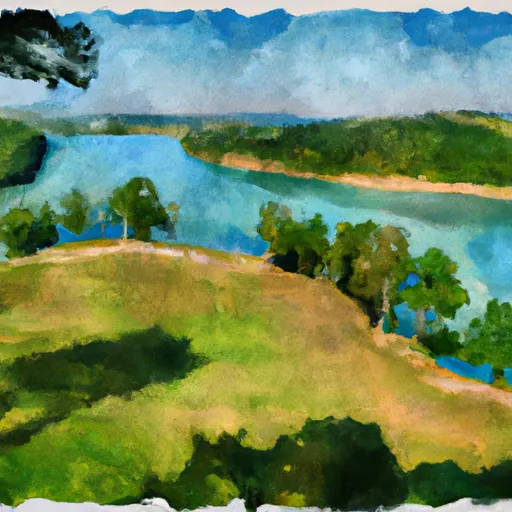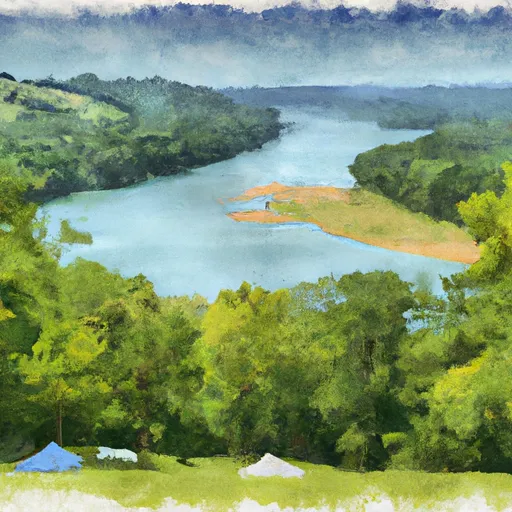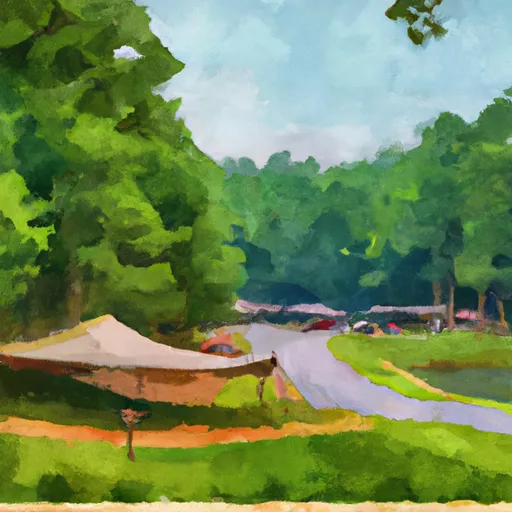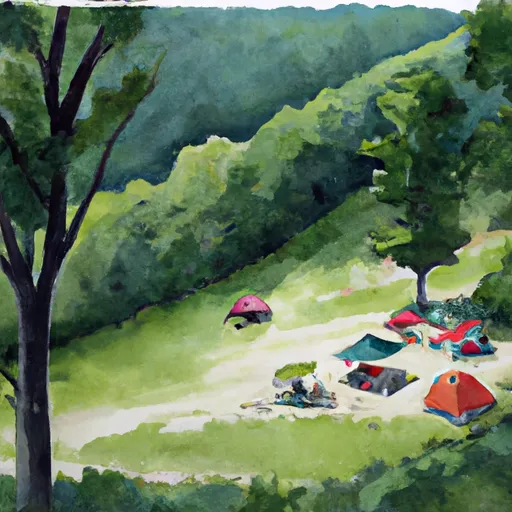Wax Recreation Area
Rate this placeLast Updated: December 24, 2025
The Wax Recreation Area, located in the state of Alabama, offers visitors a variety of reasons to explore its natural beauty.
°F
°F
mph
Wind
%
Humidity
Summary
Nestled within the Talladega National Forest, this area provides numerous recreational activities and stunning landscapes to enjoy.
One of the main draws of the Wax Recreation Area is its serene and picturesque setting. Surrounded by lush forests, it offers a peaceful escape from the hustle and bustle of everyday life. Visitors can engage in activities such as camping, picnicking, hiking, and fishing, making it an ideal destination for outdoor enthusiasts.
The area is especially renowned for its hiking trails, which cater to a range of skill levels. The Pinhoti National Recreation Trail, one of the most popular routes, passes through the Wax Recreation Area. As hikers traverse this trail, they can admire the breathtaking views and encounter a diverse array of flora and fauna. Wildlife observation is also a highlight, with opportunities to spot deer, turkey, and various bird species.
Aside from its natural attractions, the Wax Recreation Area offers some interesting historical points of interest. The nearby Cheaha State Park boasts the highest point in Alabama, Mount Cheaha, providing visitors with panoramic views of the surrounding landscapes. Additionally, nearby attractions include the Talladega Superspeedway—a renowned racetrack—and the DeSoto Caverns, known for their fascinating geological formations.
As for the best time to visit the Wax Recreation Area, it is recommended to plan a trip during the spring or fall seasons. Spring offers pleasant temperatures, beautiful wildflowers, and opportunities to witness migratory bird species. Fall showcases stunning foliage, creating a colorful and scenic backdrop for outdoor activities. However, it is important to note that weather conditions can vary, so it is advisable to check local forecasts before planning a visit.
To ensure accuracy, it is always recommended to verify information across multiple independent sources, such as official state park websites, tourism boards, and reputable travel guides.
Weather Forecast
Park & Land Designation Reference
Large protected natural areas managed by the federal government to preserve significant landscapes, ecosystems, and cultural resources; recreation is allowed but conservation is the priority.
State Park
Public natural or recreational areas managed by a state government, typically smaller than national parks and focused on regional natural features, recreation, and education.
Local Park
Community-level parks managed by cities or counties, emphasizing recreation, playgrounds, sports, and green space close to populated areas.
Wilderness Area
The highest level of land protection in the U.S.; designated areas where nature is left essentially untouched, with no roads, structures, or motorized access permitted.
National Recreation Area
Areas set aside primarily for outdoor recreation (boating, hiking, fishing), often around reservoirs, rivers, or scenic landscapes; may allow more development.
National Conservation Area (BLM)
BLM-managed areas with special ecological, cultural, or scientific value; more protection than typical BLM land but less strict than Wilderness Areas.
State Forest
State-managed forests focused on habitat, watershed, recreation, and sustainable timber harvest.
National Forest
Federally managed lands focused on multiple use—recreation, wildlife habitat, watershed protection, and resource extraction (like timber)—unlike the stricter protections of national parks.
Wilderness
A protected area set aside to conserve specific resources—such as wildlife, habitats, or scientific features—with regulations varying widely depending on the managing agency and purpose.
Bureau of Land Management (BLM) Land
Vast federal lands managed for mixed use—recreation, grazing, mining, conservation—with fewer restrictions than national parks or forests.
Related References

 Wax - Nolin River Lake
Wax - Nolin River Lake
 Dog Creek - Nolin River Lake
Dog Creek - Nolin River Lake
 Nolin River State Park
Nolin River State Park
 Moutardier - Nolin River Lake
Moutardier - Nolin River Lake
 Loucon Camping and Retreat Center
Loucon Camping and Retreat Center
 Ferguson Backcountry Campsite
Ferguson Backcountry Campsite
 Iberia Recreation Area
Iberia Recreation Area
 Dickeys Mill Recreation Area
Dickeys Mill Recreation Area
 Brier Recreation Area
Brier Recreation Area
 Nolin Lake State Park
Nolin Lake State Park
 Moutardier Recreation Area
Moutardier Recreation Area